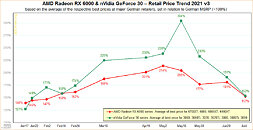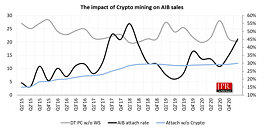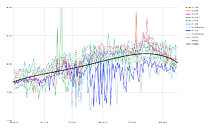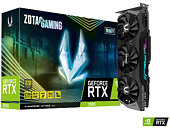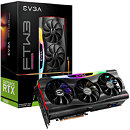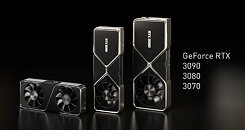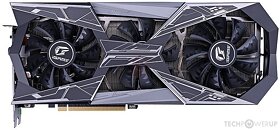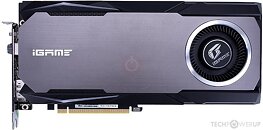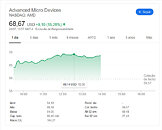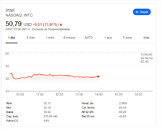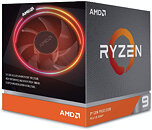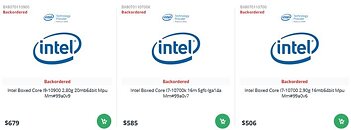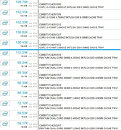
Samsung Reportedly Raising Prices for Its SSD Lineup in Early 2022, Amidst Lower Market Pricing
DigiTimes, citing sources within the industry, reports that Samsung is mulling a price raise for its own-brand SSDs. The report doesn't put a number or percentage to the prospective price increase, but it also states that Samsung is seemingly moving in the opposite direction of other SSD vendors. Samsung's competition is expected to lower overall pricing by up to 10% in an attempt to increase product attractiveness after facing lower than expected demand.
Samsung is one of the world's largest manufacturers of NAND chips, and enjoys a fully vertical SSD development capability: the company manufactures its own NAND and controller chips, which has led to a strong foothold in both the industry and in consumer's expectations for SSD speed and reliability. It thus seems strange that the company would move in the opposite direction of the remaining industry, especially considering how it benefits from economies of scale and (expectedly) higher product margins than companies that don't manufacture their own NAND. However, Samsung has recently cut its production guidance for both its Xi'an, China NAND factories after local COVID-19 surges forced partial lockdowns. These factories are responsible for around 40% of Samsung's global NAND output - and thus, they also account for around 7% of global NAND production.
Samsung is one of the world's largest manufacturers of NAND chips, and enjoys a fully vertical SSD development capability: the company manufactures its own NAND and controller chips, which has led to a strong foothold in both the industry and in consumer's expectations for SSD speed and reliability. It thus seems strange that the company would move in the opposite direction of the remaining industry, especially considering how it benefits from economies of scale and (expectedly) higher product margins than companies that don't manufacture their own NAND. However, Samsung has recently cut its production guidance for both its Xi'an, China NAND factories after local COVID-19 surges forced partial lockdowns. These factories are responsible for around 40% of Samsung's global NAND output - and thus, they also account for around 7% of global NAND production.










